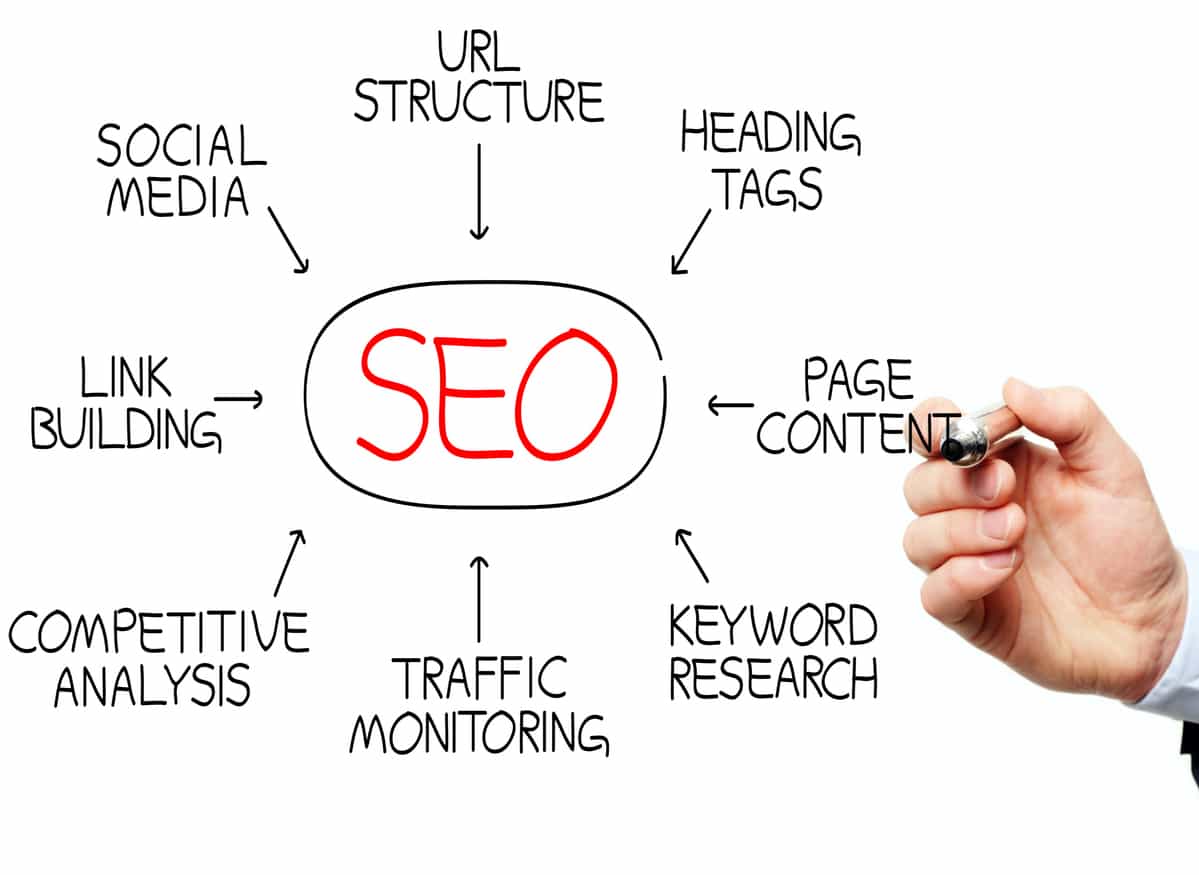Search Engine Optimization Stumbles: Coding For Better SEO

Executive Summary

This article provides actionable insights into the technical aspects of SEO, demystifying the impact of coding optimizations on search engine rankings. By addressing common coding pitfalls and implementing proven strategies, webmasters and developers can enhance their visibility and drive organic traffic.

Introduction
In the ever-competitive digital landscape, search engine optimization (SEO) plays a pivotal role in boosting website visibility and organic traffic. While content remains paramount, the technical aspects of a website’s coding can significantly influence its search engine rankings. This article unravels the coding stumbles that hinder SEO performance and unveils the best practices for optimizing your site’s architecture, HTML, and JavaScript for optimal search engine visibility.
FAQs
1. Why is website coding important for SEO?
Website coding is crucial for SEO as it determines the structure, functionality, and accessibility of a website. Optimized coding practices ensure that search engines can efficiently crawl, index, and understand the content and structure of the website.
2. What are the common coding mistakes that hurt SEO?
Common coding mistakes include excessive redirects, broken links, duplicate content, long page load times, and mobile unfriendliness. These errors hinder search engine crawlers from accessing and interpreting the website’s content, negatively impacting search rankings.
3. How can I optimize my website’s coding for SEO?
Optimizing website coding for SEO involves implementing best practices such as using clean and semantic HTML, optimizing page load speeds, eliminating duplicate content, ensuring mobile responsiveness, and addressing crawl accessibility issues.
Top 5 Optimization Subtopics
1. HTML Best Practices
- Use semantic HTML tags: Use appropriate HTML elements (e.g.,
,
) to structure and categorize website content for clear understanding by search engines.
- Optimize image alt tags: Provide descriptive alt text for images to improve accessibility and search engine visibility.
- Implement structured data: Incorporate structured markup such as Schema.org to provide additional information about website content, improving search engine understanding.
2. Avoid Common Code Errors
- Eliminate duplicate content: Ensure unique, original content on all pages to avoid crawl confusion and potential penalties.
- Fix broken links: Regularly check for and repair any broken links that hinder search engine crawling and user experience.
- Optimize page load speeds: Implement browser caching, optimize images, and minify code to reduce page load times and improve user engagement.
3. JavaScript Implementation
- Use progressive enhancement: Implement JavaScript as a progressive layer atop HTML for improved accessibility and search engine visibility.
- Use external scripts: Load scripts externally to avoid blocking page rendering and hindering crawlability.
- Track and optimize JavaScript impact: Utilize JavaScript monitoring tools to identify and resolve any performance issues related to JavaScript execution.
4. Ensure Mobile Responsiveness
- Implement responsive design: Create a single website that adapts to different screen sizes and devices for optimal user experience and search engine rankings.
- Use mobile-friendly CSS: Optimize CSS code for mobile devices to ensure smooth rendering and fast loading.
- Avoid hindering accessibility: Avoid using elements or techniques that may block JavaScript execution or hinder accessibility for mobile users.
5. Improve Accessibility for Crawlers
- Use a sitemap: Create a clear and accessible XML sitemap to guide search engine crawlers through the website structure.
- Avoid excessive redirects: Limit the number of redirects as they can slow down crawling and confuse search engines.
- Consider accessibility guidelines: Adhere to WCAG guidelines to enhance the website’s accessibility for both users and search engines alike.
Conclusion
Mastering the art of coding optimization is essential for achieving high rankings and maximizing organic traffic. By addressing the common coding stumbles and implementing the best practices outlined in this article, webmasters and developers can enhance the technical foundation of their websites. By optimizing website coding for better SEO, they can empower their websites to rank higher, attract more qualified traffic, and drive business success in the increasingly competitive digital arena.
Keyword Tags
- Search Engine Optimization (SEO)
- Website Coding
- HTML Best Practices
- JavaScript Optimization
- Mobile Responsiveness




